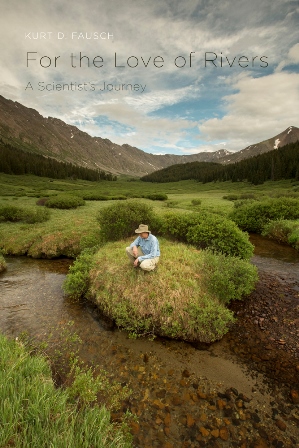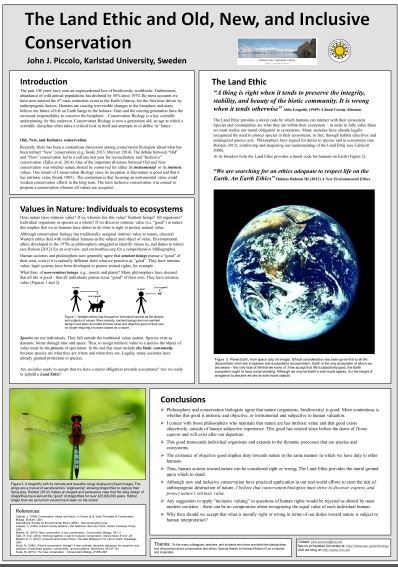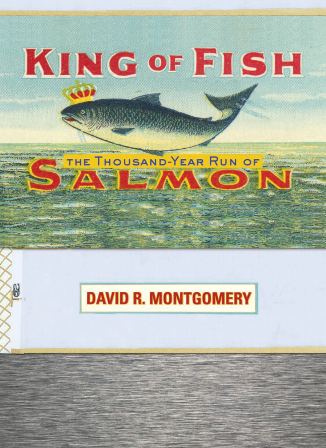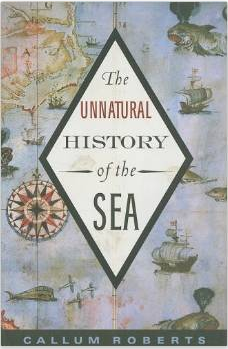For the Love of Rivers
Posted by Daniel Nyqvist | Nyheter In the book “For the Love of Rivers – A Scientist’s Journey” Kurt D. Fausch writes about his research, river ecology, people and conservation. The book describes beautiful rivers, interesting relationships (between organism and between people) and dedicated science. Focus is on life in and around streams. From char interactions and connections between the stream and the terrestrial environment in Japan; to brassy minnows and water use or cutthroat trout, habitat changes and invasive species in the Western United States. In the end, the book calls for the conservation and restoration of our streams and rivers. John Piccolo, researcher at Karlstad University, has reviewed the book in Fish and Fisheries:
In the book “For the Love of Rivers – A Scientist’s Journey” Kurt D. Fausch writes about his research, river ecology, people and conservation. The book describes beautiful rivers, interesting relationships (between organism and between people) and dedicated science. Focus is on life in and around streams. From char interactions and connections between the stream and the terrestrial environment in Japan; to brassy minnows and water use or cutthroat trout, habitat changes and invasive species in the Western United States. In the end, the book calls for the conservation and restoration of our streams and rivers. John Piccolo, researcher at Karlstad University, has reviewed the book in Fish and Fisheries:
Fausch takes us on an incredible journey of scientific discovery, told through the lens of personal tragedy and triumph. Fausch is a leading stream ecologist,whose painstaking attention to scientific rigour has led to important findings at scales from individual behaviour to riverscapes and land-water interactions. ‘For the Love of Rivers’ recounts some of the many steps along a career of scientific discovery, weaving this tale into the much greater issues of personal loss and the conservation of streams and the life they support…
…For the Love of Rivers gives both inspiration and perspective, and for that alone, it is worth reading…”
Read the full review here and borrow the book from a a well-stocked library.









